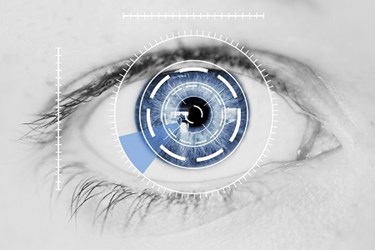New "Eye" Phone Lets You Pay With Your Eyes

By Christine Kern, contributing writer

A new Japanese smartphone has enabled retinal scan payment technology
Data breaches and POS attacks are on the rise: an expensive business for retailers and customers alike, leading to inventive new ways to protect sensitive data and information. The latest American and European smartphones are working with fingerprint biometrics as an added layer of security for payment and other protected information.
Now, a new Japanese smartphone has enabled a high-resolution retinal scanner as an added layer of security for mobile payments, according to CBS News. The technology is enabled on the Arrows NX F-04G smartphone from Fujitsu and Japanese carrier NTT DoCoMo.
As Engadget first noted, the technology is available on the not-so-elegantly named Fujitsu Arrows NX F-04G. A video demonstrating the feature shows how you can scan your eyes to unlock the phone, as well as pay for music and other services.
Digital Trends explains that The Arrows uses an integrated Delta ID ActiveIRIS module to scan the user’s retina to retrieve the “password” (i.e.: your unique iris pattern). DoCoMo says that this is the first time such iris recognition has been enabled on a smartphone.
While American technology has not yet approached retinal scanning, other companies have been exploring biometric identification as well. Mobile device maker ZTE has a new Grand S3 that will include EyeVerify, a security software that reads and identifies a user’s eye veins; Qualcomm’s Sense ID utilizes ultrasound to identify rides and sweat pores of fingerprints and check blood flow; and Hoyos Labs is working with high-resolution facial recognition for security password-protected sites and credentials.
The idea behind the retinal scanning technology is that – unlike locks or fingerprints – it cannot be easily fooled or bypassed. If the technology works the way Fujitsu hopes, it could be making its way to American phones relatively quickly.
